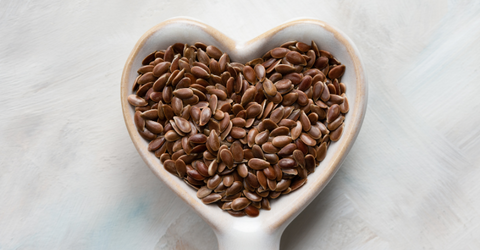Slugging is a practice that's been creating waves in the beauty world, but why? Read on to reveal all…
What is Slugging?
You’d think of a slug leaving a trail of moisture behind as it glides effortlessly, am I right? Let’s transfer that imagery to your skincare routine – that's the essence of slugging. It involves applying a thick occlusive layer, typically petroleum jelly or a similar product, over your nighttime skincare routine to seal in moisture.
The Science Behind Slugging
At its core, slugging harnesses the power of occlusives to create a barrier on the skin's surface. This barrier locks in moisture, preventing transepidermal water loss (TEWL) and allowing your skin to fully absorb the nourishing ingredients from your skincare products.
Benefits of Slugging
Intense Hydration: By forming a protective barrier, slugging helps to keep moisture locked into the skin, leading to plumper, more hydrated skin.
Enhanced Product Absorption: With the occlusive layer in place, the active ingredients in your skincare products can penetrate deeper into the skin, maximizing their effectiveness.
Improved Skin Barrier Function: Regular slugging can strengthen the skin's natural barrier, helping to defend against environmental aggressors and reducing sensitivity.
How to Slug Like a Pro
Start with a Clean Canvas: Begin your slugging routine with freshly cleansed skin to ensure maximum absorption of moisture.
Layer Wisely: Apply your usual night time skincare products – think serums, moisturizers, and treatments – and allow them to fully absorb.
Seal the Deal: Gently massage a pea-sized amount of petroleum jelly or a similar occlusive over your entire face, focusing on areas prone to dryness.
Innovation is constant in skincare, but some practices stand the test of time. Slugging, with its simple yet effective approach to hydration, has cemented its place as a beloved ritual for skincare enthusiasts worldwide.
Embrace the transformative power of slugging and unveil your skin's natural radiance.





Comments (0)
There are no comments for this article. Be the first one to leave a message!